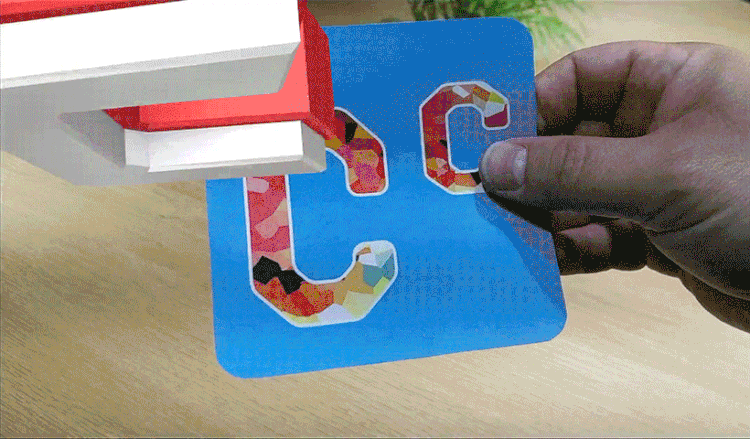 May 8, 2019 – In February 2018, Google introduced ARCore: a platform for building augmented reality (AR) experiences. Since the last Google I/O developer conference, the company states that it has quadrupled the number of ARCore enabled devices to an estimated 400 million.
May 8, 2019 – In February 2018, Google introduced ARCore: a platform for building augmented reality (AR) experiences. Since the last Google I/O developer conference, the company states that it has quadrupled the number of ARCore enabled devices to an estimated 400 million.
Yesterday at this year’s I/O conference, Google introduced updates to Augmented Images and Light Estimation – features that allow for the building of more interactive and realistic experiences. The company has also introduced introduced Scene Viewer, a new tool that lets users view 3D objects in AR right from a website, so that AR can be experienced without the need to download a separate app.
Augmented Images
To make experiences appear realistic, the fact that things in the real world don’t always stay still needs to be accounted for. Google has stated that this is why it is updating Augmented Images — an API that lets the user point their camera at 2D images, like posters or packaging, to bring them to life. The updates enable for the tracking of moving images and multiple images simultaneously. This unlocks the ability to create dynamic and interactive experiences like animated playing cards where multiple images move at the same time.
Light Estimation
Last year, Google introduced the concept of light estimation, which provides a single ambient light intensity to extend real world lighting into a digital scene. In order to provide even more realistic lighting, Google has added a new mode, Environmental HDR, to its Light Estimation API.
Environmental HDR uses machine learning with a single camera frame to understand high dynamic range illumination in 360°. It takes in available light data, and extends the light into a scene with accurate shadows, highlights and reflections. When Environmental HDR is activated, digital objects are lit just like physical objects, which helps digital and physical objects blend more convincingly, even when light sources are moving.
Environmental HDR provides developers with three APIs to replicate real world lighting:
- Main Directional Light: helps with placing shadows in the right direction
- Ambient Spherical Harmonics: helps model ambient illumination from all directions
- HDR Cubemap: provides specular highlights and reflections
Google stated that: “These are a few ways that improving real world understanding in ARCore can make AR experiences more interactive, realistic, and easier to access”, and added that these features will roll out over the next two ARCore releases.
To learn more and get started, visit the Google ARCore developer website.
Image credit: Google
About the author
Sam is the Founder and Managing Editor of Auganix. With a background in research and report writing, he has been covering XR industry news for the past seven years.
